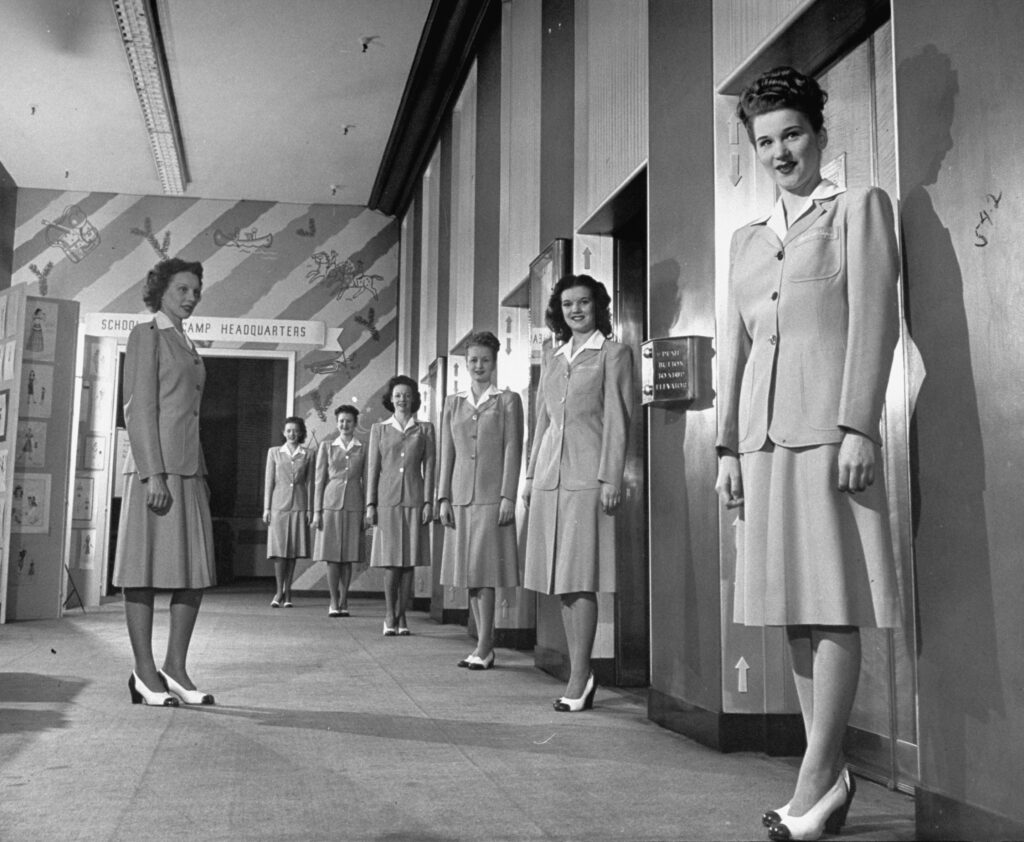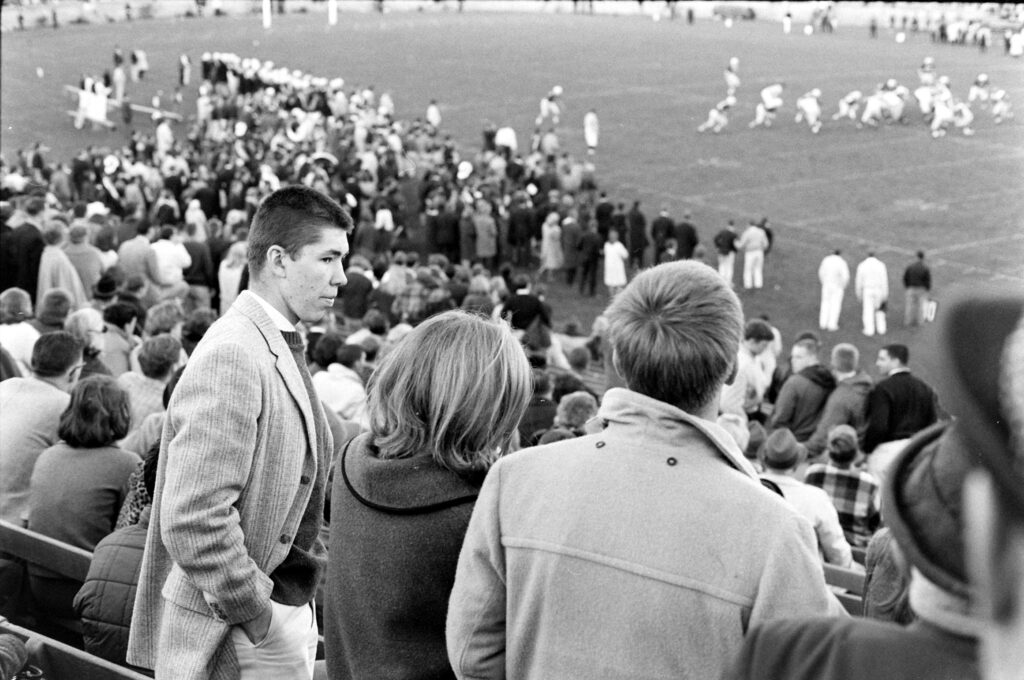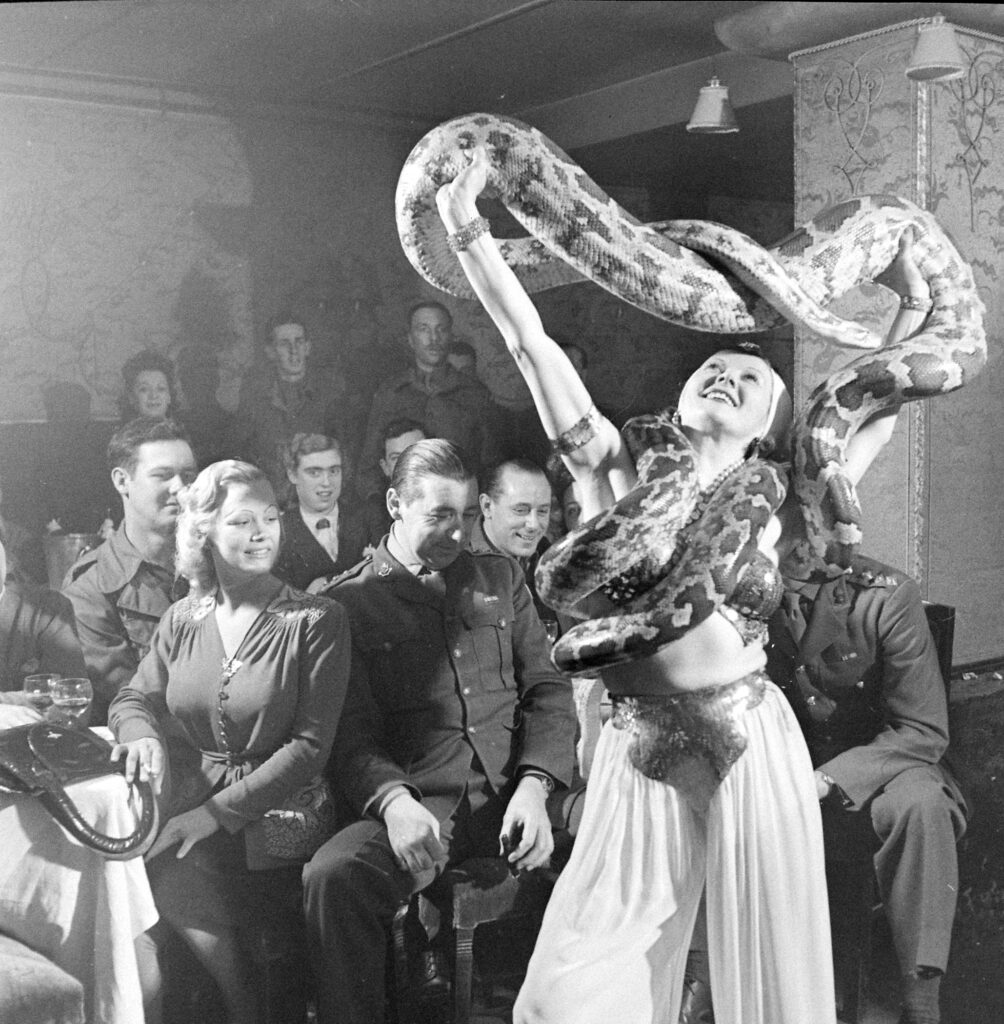Written By: Ben Cosgrove
In June 1961, LIFE magazine published a story that, at the time, was astonishing not only for its unflinching coverage of abject poverty, but for the tender and fierce way that photographer Gordon Parks chronicled lives crushed and twisted beneath that poverty’s relentless pressure.
That the story focused on poverty in Latin America and, through Parks’ lens, focused on poverty in one family in one favela, or shantytown, in Rio de Janeiro added a global as well as a deeply human dimension to a story that few American publications of the era could have envisioned, much less pursued.
The story that ran in LIFE, “Freedom’s Fearful Foe: Poverty,” was remarkable for a variety of reasons, not least of them Parks’ intimate portraits of the family of Jose and Nair da Silva and their eight children, ranging in age from 12 years to 17 months old. LIFE showed its readers a frightening, brutal world where the da Silva children and, by implication, countless others like them spent their days “penned in their shack [built of tin cans and broken orange crates] or roaming the foul pathways of the favela where the filth of the inhabitants is tossed out to rot.”
At the center of the story was the eldest da Silva son, 12-year-old Flavio; after his father was hurt and could not work, the burden of caring for the entire family landed on Flavio. His struggle to keep the family afloat, even while he himself was sick and getting sicker is tortuously clear in Park’s photos.
Here, LIFE.com republishes all of Park’s photos from “Freedom’s Fearful Foe,” while also offering a special appreciation of Parks by his friend, Barbara Baker Burrows (see below).
Parks himself was a remarkable, inspiring creative force a man whose protean talents were neatly summed up in the indispensable book, The Great LIFE Photographers:
Something mighty there is inside a man that takes him from being the youngest of 15 children raised in Kansas poverty, something that lets him clear the cruel hurdles implanted by a racist society, something that permits not merely survival but mastery of all that he embraced. A poet, and a pianist, a classical music composer, and one very at home with the blues . . . a journalist, a novelist and a man with enough life that even three autobiographies cannot contain the whole, a painter of oils and water colors, and a photographer of street gangs and Paris boulevards . . . It is not simply that he was the first black man to do all these things, but that any man was able to do all these things and do them well.
“The anguish which poverty inflicts,” LIFE observed in 1961, “is cruel and varied — statistics cannot convey its accumulated torments and degradations. But poverty always has a human face.” Throughout his life, Gordon Parks sought to put a human face on the grand currents of history, as well as on quieter, more intimate, and often more revelatory moments.
The Flavio story, in particular, always held a special resonance for Parks, as Barbara Baker Burrows explained to LIFE.com:
So often, late at night, his piano momentarily silent, Gordon’s already tranquil mood would turn reflective. It was perhaps not unexpected for a man of so many accomplishments who had reminisced in several books about the experiences of his life and the lessons he drew from them. Books and photographs and honors were everywhere, and through the sweet smoke of his pipe, the conversation would turn to Flavio.
He had spotted Flavio da Silva carrying water on his head, climbing the steep hills of one of Rio’s favelas to the shack where, for six days a week, while his mother worked, he cared for his brothers and sisters. Gordon had followed him home and his 1961 essay focused on the 12-year-old Brazilian boy to personalize the story of South America’s deplorable poverty.
In one bed, five of the da Silva’s eight children slept with their parents. In the favela, only one child in four attended any kind of school. And for Flavio, the day’s responsibilities began at dawn despite the bronchial asthma and malnutrition he suffered.
Gordon suspected tuberculosis. “I am not afraid of death,” Flavio told him. “But what will they do after?”
Gordon was careful to ensure that his own presence affected the story as little as possible. He wrestled with the temptation to take food to the struggling family; on occasion, so as not to offend them, he shared the dried beans, rice and stale bread they offered him. Some nights he slept on the floor of the family’s shack.
Although the children lived ten minutes from one of the world’s most famous beaches, they had never set foot on it.
It was one of those stories that truly reached LIFE’s readers, and contributions poured in. A hospital in Denver offered to treat Flavio, and he received two years of treatment from doctors there. In Rio, the family moved into a new house. But, so as not to make just one family rich, the money was used to benefit the whole favela, it bought a drainage system and much more. A decade later the last of it helped to set up a medical clinic.
Flavio survived, and Gordon would look back on their time together as “some of the most tender moments of my life.”
“You provided me with a message to give to the rest of the world,” he told Flavio, “one that I felt was perhaps the most important message I’ve ever delivered, about caring, about love, and about how one who is close to death has the courage to hold on and encourage other people to live.”
In 2000, for the last issue of the monthly LIFE, I was able to assign Gordon to photograph Flavio again, now over fifty and with a family of his own. Gordon had never stopped taking care of him; he felt that he had received as much from Flavio as he had given.
As I wrote at the time of his death: “Gordon had decades of accomplishment, but he was not finished.” The story of Flavio was just one story, albeit one with special meaning, in his life as a photographer, itself one career in a life of many. Often, his subjects had become a lifetime’s obligation, or as he put it: “I wound up being an objective reporter with a subjective heart.”
Barbara Baker Burrows has been associated with LIFE for more than 45 years, assigning and coordinating photography for major events from coverage of the Apollo space program to political conventions and the Olympics. Among the books she has edited are the New York Times best seller, One Nation, America Remembers September 11, 2001, photographic biographies (The American Journey of Barack Obama; Bob Dylan, Forever Young) and Titanic. Bobbi lives in Manhattan with her husband, Russell. They have two children, James and Sarah.

Original caption: “In the shadowy slum world into which she was born in Rio de Janeiro, 3-year old Isabel da Silva cries to herself after vainly seeking comfort from her exhausted father, Jose.”
Gordon Parks

Original caption: “Straining up hill, with Luzia, 6, and Isabel, 3, following, Nair da Silva balances three gallons of water on head.”
Gordon Parks

Original caption: “On filth-strewn paths Mario da Silva, 8, howls after being bitten by neighbor’s dog.”
Gordon Parks

Original caption: “Home for da Silva family is hillside jumble of squatters’ huts beneath Rio’s famous statue of Christ.”
Gordon Parks

Original caption: “The baby, Zacaria, 1, explores the path leading beneath the pilings which support shack.”
Gordon Parks

Original caption: “The family’s day begins at dawn. In the biggest room of the shack,6 by 10 feet, 12-year-old Flavio gets himself up. While the rest of the family sleep — the parents and five children in one bed, the other two in the crib — Flavio puts a tin can of water on the fire and throws in some coffee. Sometimes there is hard bread to put in it. For them all, including the baby, that is breakfast.”
Gordon Parks

Original caption: “In constant struggle to keep the shack in order, Flavio tries to arrange covers of family bed. There are no sheets or pillows.”
Gordon Parks

Original caption: “Pouring water into family’s cooking pot, Flavio starts meal for brothers and sisters. Flavio says, ‘Some day I want to live in a real house, on a real street, with pots and pans and a bed with sheets.'”
Gordon Parks

Original caption: “A boy burdened with a family’s cares.”
Gordon Parks

Original caption: “Dead neighbor of Da Silvas lies with vigil candles awaiting burial. Pillow for her head and linen sheets used for shrouds are amenities few favelados receive in life. When Gordon Parks asked one favelado about his six children, he replied, ‘There were nine. The other three are with God. He was good enough to take them.'”
Gordon Parks

Original caption: “Sick and exhausted from week’s care of the family, Flavio rests on Sunday when his mother is free to look after brothers and sisters. ‘I am not afraid of death,’ he explained earnestly to Parks. ‘But what will they do after?'”
Gordon Parks

Original caption: “At Copacabana Beach where Gordon Parks took them, Mario and Flavio play in sand. The beach is only 10 minutes from their home but neither had ever visited it.”
Gordon Parks

Original caption: “In the favela, Parks carries baby Zacarias up the hill to the shack to be cleaned up.”
Gordon Parks

LIFE magazine, June 16, 1961
Gordon Parks for LIFE Magazine

LIFE magazine, June 16, 1961
Gordon Parks for LIFE Magazine

LIFE magazine, June 16, 1961
Gordon Parks for LIFE Magazine

LIFE magazine, June 16, 1961
Gordon Parks for LIFE Magazine

LIFE magazine, June 16, 1961
Gordon Parks for LIFE Magazine

LIFE magazine, June 16, 1961
Gordon Parks for LIFE Magazine

LIFE magazine, June 16, 1961
Gordon Parks for LIFE Magazine





























